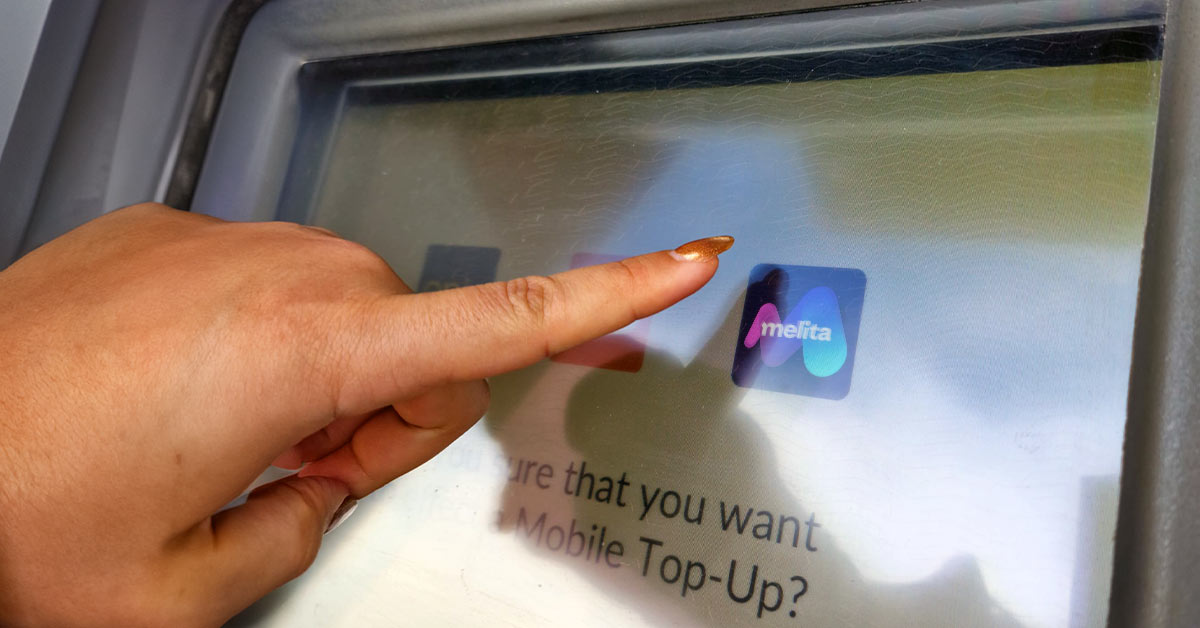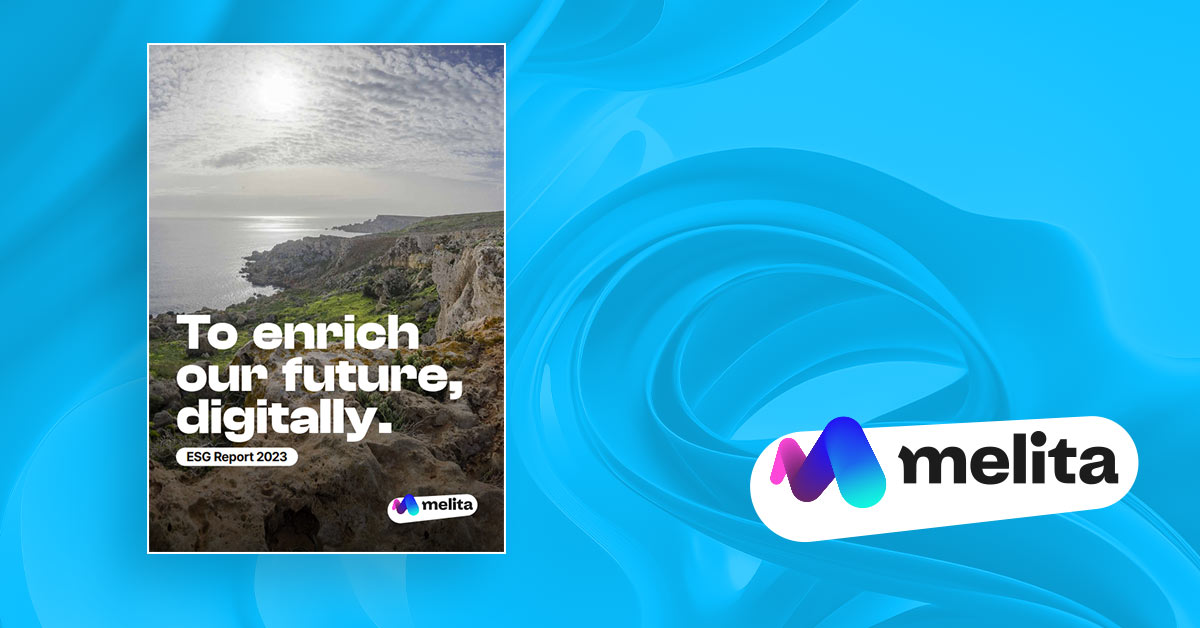
The concept of a digital divide first surfaced initially to describe the disparity between those with and without access to a Mobile phone. Starting in the late 1990s, the idea of a digital divide began to be applied to the gap between those who had broadband internet access, and those who did not. We see the divide across multiple levels, between rural and urban areas, educated and less educated, different socio-economic levels and between developed and less developed countries.
One of the keys to resolving the digital divide rests with telecommunications companies. High speed, reliable connectivity is an essential resource for anyone hoping for many types of success in our modern world. When telecommunications companies provide affordable, fast service and increased connectivity to underserved individuals and areas, they open the door to economic opportunities and education and resources that otherwise would have been out of reach.
What Is the Digital Divide?
At a macro level, the digital divide is the gap between those who don’t have high-speed internet access and those that do. Those who don’t have high-speed access are at a disadvantage and are in danger of being left behind because of lack of access to learning, job skills, health resources and more. In looking at the digital divide, it’s helpful to realise there are actually multiple divides that can lead to unequal Internet access. These gaps include availability, digital literacy, affordability, service quality and interest in, and understanding of, the Internet’s benefits.
Globally, there are 2.7 billion people that are not connected to the Internet. While the level of Internet connection in Europe is 89%; it drops to 70% in Arab states, 61% is Asia and only 40% in Africa. You will also find divides between rural vs. urban, and by gender and age. 264 million fewer women have Internet access when compared to men, and they are 16% less likely to use mobile Internet than their male counterparts. 75% of those aged 15 to 24 have Internet access, compared to 65% of the remaining population.
Role of Telecommunications in Bridging the Digital Divide
When telecom providers expand Internet coverage and connectivity, they go a long way to bridging the digital divide. First, they invest in building out the necessary infrastructure, including base stations and cell towers. They can work to extend their coverage in rural or remote regions where fibre-optic cable cannot be laid. Mobile internet service from telecommunications companies has revolutionised the ability to bring high-speed connectivity to previously underserved segments of the population.
The advancement and affordability of 4G and 5G mobile connectivity is game-changing in helping to bridge the digital divide. Improved connectivity across the world has been driven by mobile technology. 90% of the world population is now covered by 4G, as compared to 54% in 2015. Mobile internet access is the primary source of Internet service in low-income countries. 5G coverage is rapidly expanding, with 501 operators across 153 countries or territories investing in 5G. Over 25% of the world’s population was covered by 5G as of mid-2022.
How B2C Telecommunications Companies Are Making a Difference
People without quality, high-speed Internet access are basically cut off from information, opportunities and full participation in many aspects of society. The incredibly rapid pace of technological transformation threatens to leave those who are not connected even further behind. Telecommunications companies can change this entire dynamic by investing in infrastructure and extending their network, and setting up programs to help foster improved digital literacy. By providing affordable high-speed Internet access, telecom providers can truly enable equal access to key digital resources for those at every income level.
There are a number of key initiatives designed to help bridge the digital divide. The EDISON Alliance, sponsored by the World Economic Forum, has launched its “1 Billion Lives Challenge”. Their goal is to improve the lives and situations of 1 billion people by 2025, by offering accessible and affordable digital solutions. Other initiatives include the Digital Poverty Alliance and the Digital Skills for Jobs Campaign.
In Malta, the Melita Foundation is engaged in efforts to improve and enhance Malta’s digital skills, creativity, environment and heritage. Established in 2020, the Melita Foundation collaborates with non-profit organisations to develop and deliver programs that can help bridge the digital divide. Some of the programs that have benefited from their support are the eSkills Malta Foundation, Opening Doors Association and the Paulo Friere Institute.
Equitable Development and Telecommunications
Equitable development focuses on meeting the needs of communities that are underserved by developing programs and policies to reduce development disparities, thus fostering places that are vibrant and healthy. Telecom networks can play a vital role in the equitable development process by investing in the infrastructure needed to assure near universal high-speed Internet access. When they improve their networks, and offer affordable pricing, they open underserved communities to the digital world.
In our rapidly evolving technological world, high-speed reliable Internet access is a necessity if a country wants to offer economic opportunity to all of their citizens. Universal fast Internet access gives everyone the opportunity to receive high-quality online educational content, and to access telemedicine and other critical healthcare resources when necessary. Equitable development provides opportunity, support and equal expression for all of the people, allowing society and every individual to reach their potential.

Telecommunications: Looking Ahead
We can expect to see even more rapid advancement in telecommunications and technology in the years to come. Artificial Intelligence (AI) and the Internet of Things (IoT) will come together to create AI-driven IoT that can help optimise telecommunications networks and improve service delivery. With its ability to learn, AI will also be able to create personalised experiences for users based on their unique interests and profile.
The introduction of these enhanced, combined technologies will help telecom providers develop a stronger bandwidth infrastructure that is far more cost efficient. This, in turn, should contribute to a continued narrowing of the digital divide, as telecommunications companies can extend their networks further at an affordable price. As network speeds continue to increase due to technical improvements and global implementation of 5G, expect to see even more revolutionary technologies like Virtual Reality (VR) and Augmented Reality (AR) come into play.






